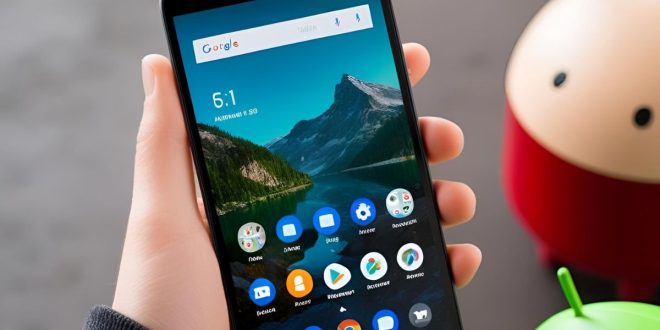Android 16 is planned to again include lock screen widgets into mobile devices, a feature that has been missing since Android 4.4 KitKat. The drivers behind this innovation are the users’ need for a quick look at the necessary information and the app functions they use most daily without having to unlock the devices.
Android 16 Return of Lock Screen Widgets
Lock screen widgets were originally removed from the UI to simplify user experience, however, their absence delayed the quick interactions with apps. Aware of their usefulness, Google has decided to reintroduce them in Android 16, thus, empowering the user through the opportunity to personal and efficient access to information directly from the lock screen.
Implementation and Customization on Android 16
Through the next Android 16, the system will come with a lock screen widget setup that all widgets will support by default, yet the developers can decide whether or not to disable this function. Some actions like opening an app still require the authentication of the user for ensuring security. Both the ability to get access to these widgets and the mechanism that will be adopted are customizable by manufacturers, which may lead to different implementations on different devices.
User Experience Enhancements
It is expected that the re-introduction of lock screen widgets will change the way people interact with smartphones by enabling them to receive quick reports of information such as the weather, their schedules, and daily exercise without entering the device. This switch supports the efforts of Google to customize the Android environment where users should have better personalization and efficiency.
Developer and Manufacturer Adaptations
AOSP’s initial beta version of these widgets will debut in the first quarter after the release of Android 16. It will give both programmers and producers the authority to alter or optimize the application to suit their equipment. This clear turn from the usual, which consequently would be an individual approach for different kinds of Android smartphones and tablets.
Show his commitment to balance the functionality of his services between a user’s convenience.
 Save Our Pak
Save Our Pak




